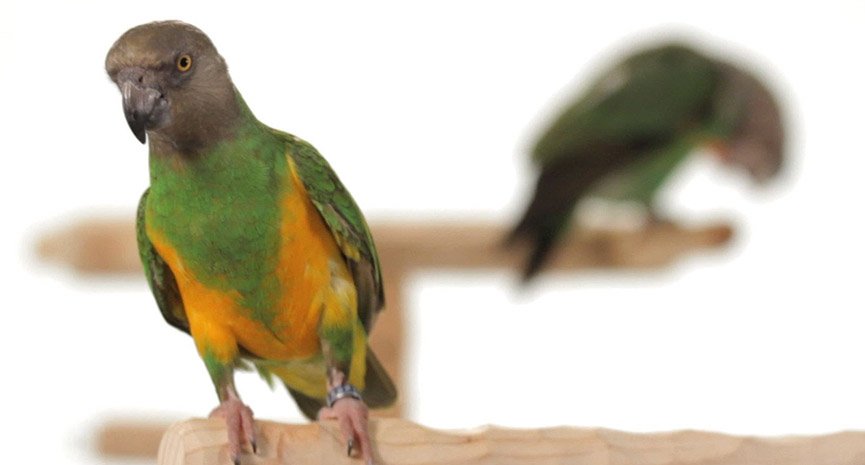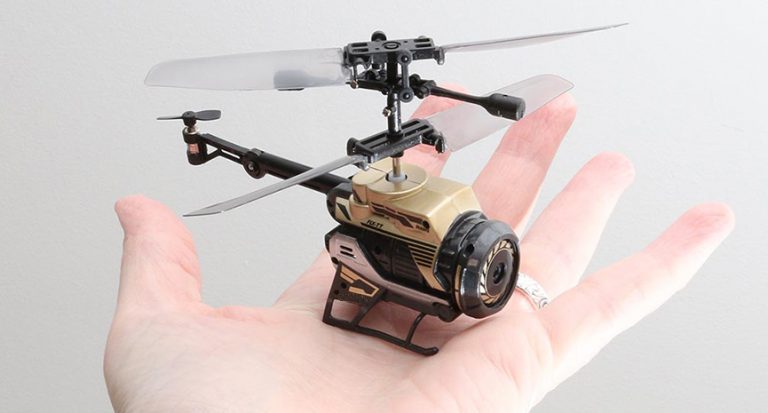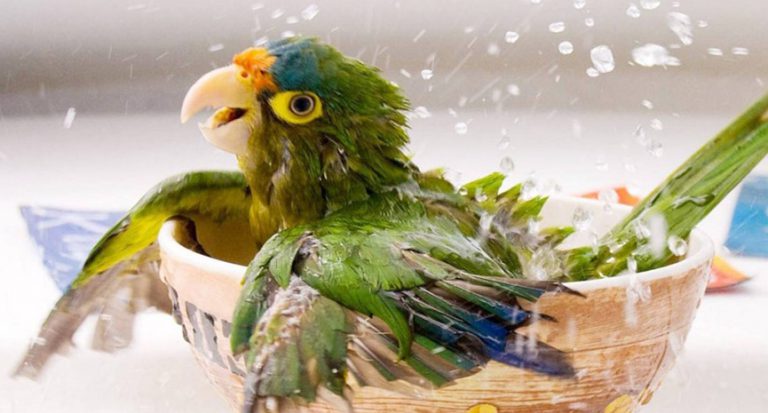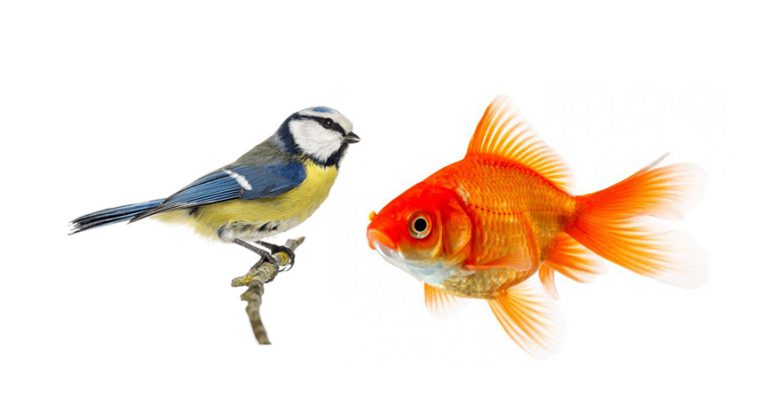Training by definition is teaching a precise response or behavior to a specific stimulus, condition or event. Most folks have seen a parrot that talks on cue, shakes hands, waves or performs various other “tricks”. So, how does one begin?
The fundamental aspects of parrot behavior:
Some behaviors are instinctive, others are learned. Parrots are brilliant but only know how to conduct themselves within the framework of their own culture; they don’t inherently understand human behavior.
- YOU need to understand basic bird behavior. Birds use body language to express themselves; some gestures are obvious while others may be subtle. By observing your birds posture, vocalizations and movements you will gain insight into a birds existing state of mind.
- YOU need to communicate, the ability to communicate with each other is critical; success or failure will be determined by your mutual ability to exchange information.
- YOU need to establish a bond, when a parrot feels safe and trusts you explicitly all of the potential emotional barriers, such as anxiety or fear, are less likely to become distractions that influence behavior.
Parrots thrive on close knit relationships within their immediate family…
- Positive Reinforcement is a powerful tool used to shape or modify behavior; this technique involves the acknowledgement, encouragement and reward for a specific action. When the outcome following an action is positive offer a tangible incentive (a treat) which will increase the probability that the response will occur in the future.
Set your bird up to succeed, teach in a bird safe environment and make it fun.
Schedule training sessions in the evening, your bird will have burned off his excess energy during the day and be able to focus on the task at hand. Limit lessons 15 minutes or 6 – 8 reps of a single behavior.





